On May 30th, for a week, a story about anticipation of science from Rubin Observatory was featured on the UW Homepage. Read the story here.
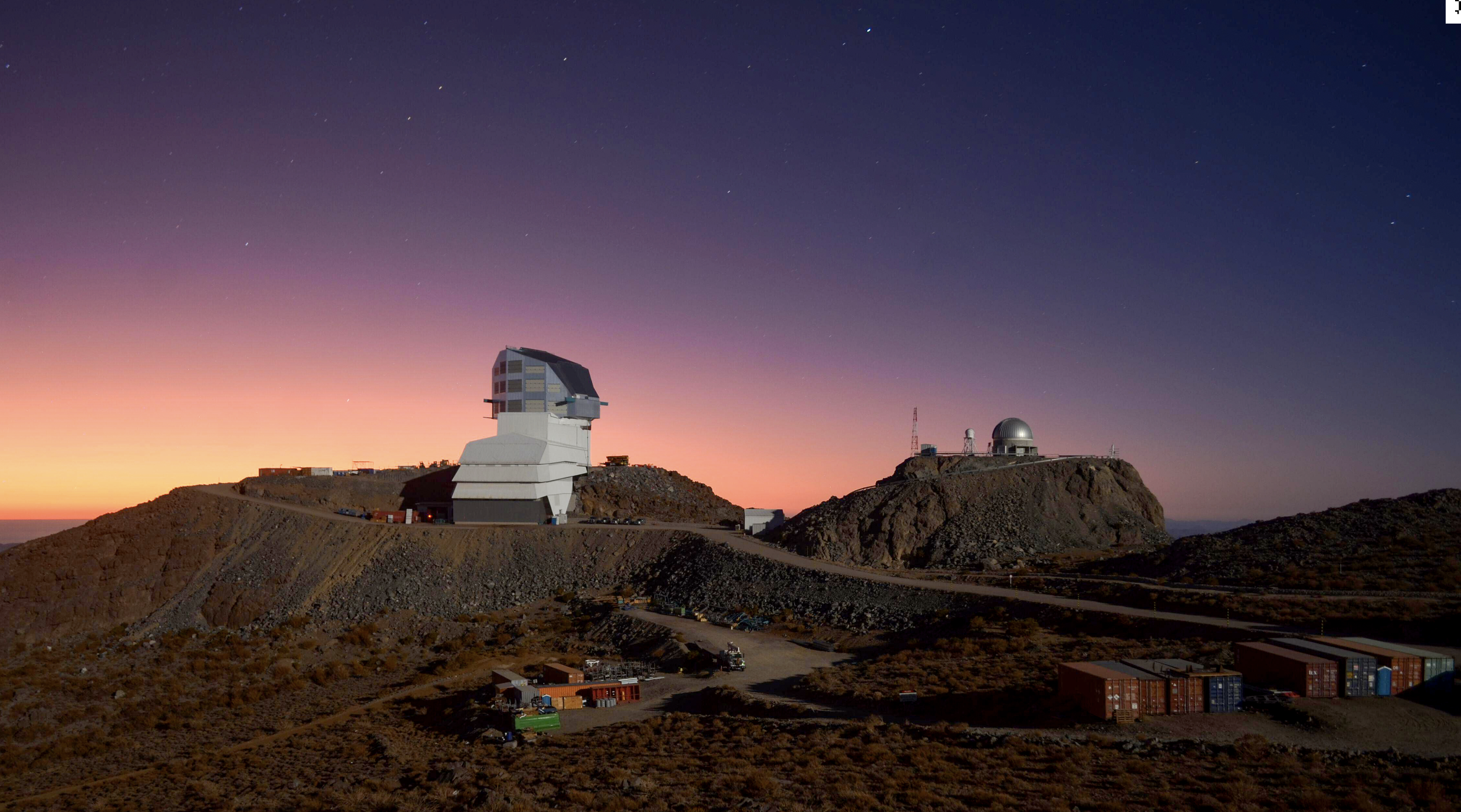

On May 30th, for a week, a story about anticipation of science from Rubin Observatory was featured on the UW Homepage. Read the story here.
In Fall 2021, Harish Krishnakumar, then a junior at Tesla STEM high school in nearby Redmond, Washington, reached out to DiRAC Research Scientist Bryce Kalmbach to be his research mentor for a science fair project detecting and studying the properties of ring galaxies in large extragalactic galaxy surveys. Harish’s work eventually took him to the 2022 Regeneron International Science and Engineering Fair where he won two special awards during the competition.
Recently, Harish and Bryce have been working on a paper summarizing their work that has been submitted to the Astronomical Journal and is available on the ArXiv: https://arxiv.org/pdf/2210.11428.pdf.
The work presented in the paper uses convolutional neural networks (CNNs) to identify ring galaxies in postage stamp cutouts of galaxies from the Pan-Starrs 1 survey. CNNs are a commonly used deep learning method for classifying objects in large data sets of images. Since ring galaxies are a rare type of galaxy, one of the challenges of this work was finding enough ring galaxies to train the CNNs. For this, the authors turned to the Galaxy Zoo project which used human volunteers over many months to manually classify galaxy morphological types in images. They also used a technique called transfer learning where the neural networks were trained on a larger set of simulated galaxies before parts of the network were retrained on real data. Understanding and applying computational methods such as CNNs will be necessary to detect ring galaxies and other rare galaxy morphologies in the data provided by existing and future surveys like the Vera Rubin Observatory’s Legacy Survey of Space and Time (LSST). In the end, Harish and Bryce identified 1,151 new ring galaxies after examining over 900,000 galaxies in 10 hours of computation time showcasing a powerful new technique for finding rare morphologies of galaxies in large galaxy surveys.
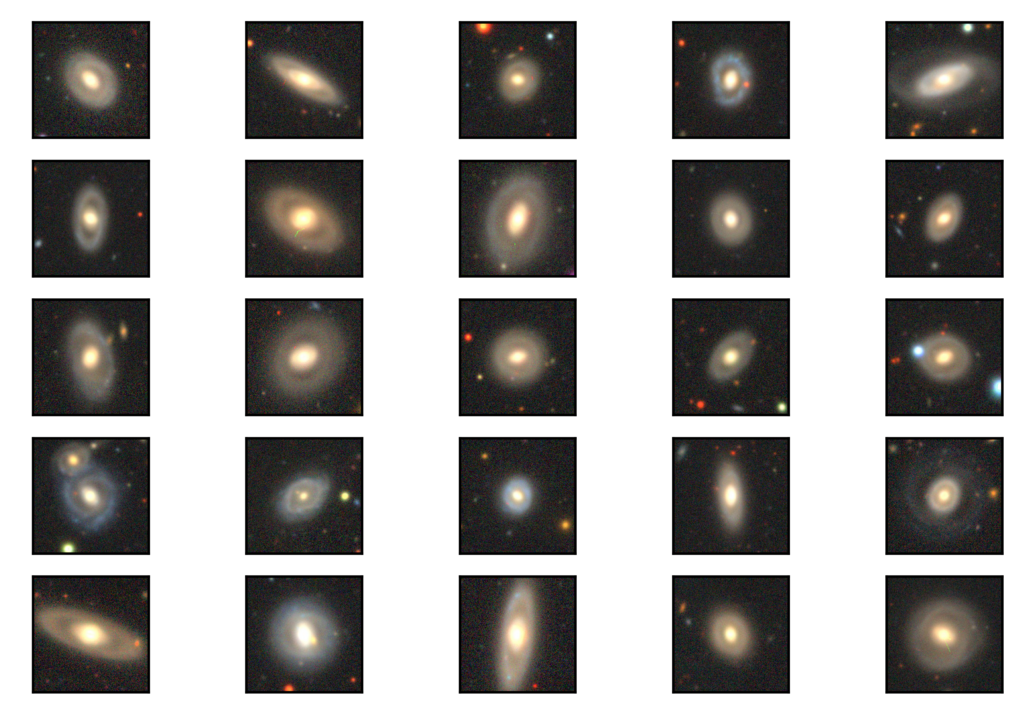
On March 1st, 2023 DiRAC hosted the first of a series of events “A New Era of Discovery: Mapping the Universe with the Rubin Observatory” at the UW Planetarium.
The interest in the event exceeded all the expectations. The evening was planned around two planetarium shows and many opportunities to hear the latest updates from scientists, postdoctoral fellows, engineers, and students – all contributing in building the largest sky survey in human history.
UW astronomers informed and engaged guests in various topics from the Rubin Alert Distribution System, Asteroid Dynamics & Impacts to the Big Data & Citizen Science.
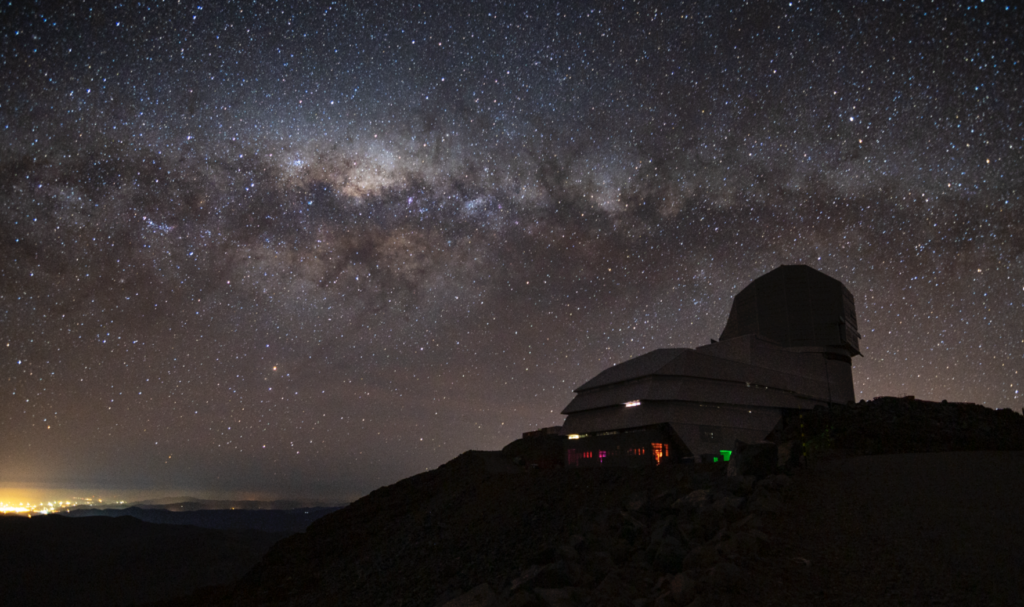
In the second part of the evening, DiRAC Director, Prof. Mario Juric, acknowledged one of the major donors and a partner, B612 Foundation. He presented Danica Remy, B612 President, with a small token of gratitude after which a former astronaut and the Asteroid Institute Executive Director, Ed Lu, joined the conversation virtually on Zoom.
DiRAC team is energized by the support of its community and plans to continue the momentum of excitement and curiosity especially as we are nearing the Rubin Observatory’s first light in 2024. We will share the knowledge as we learn it and present opportunities to further engagements and events. If you would like to stay in touch and learn about the next event, please email us at dirac@uw.edu
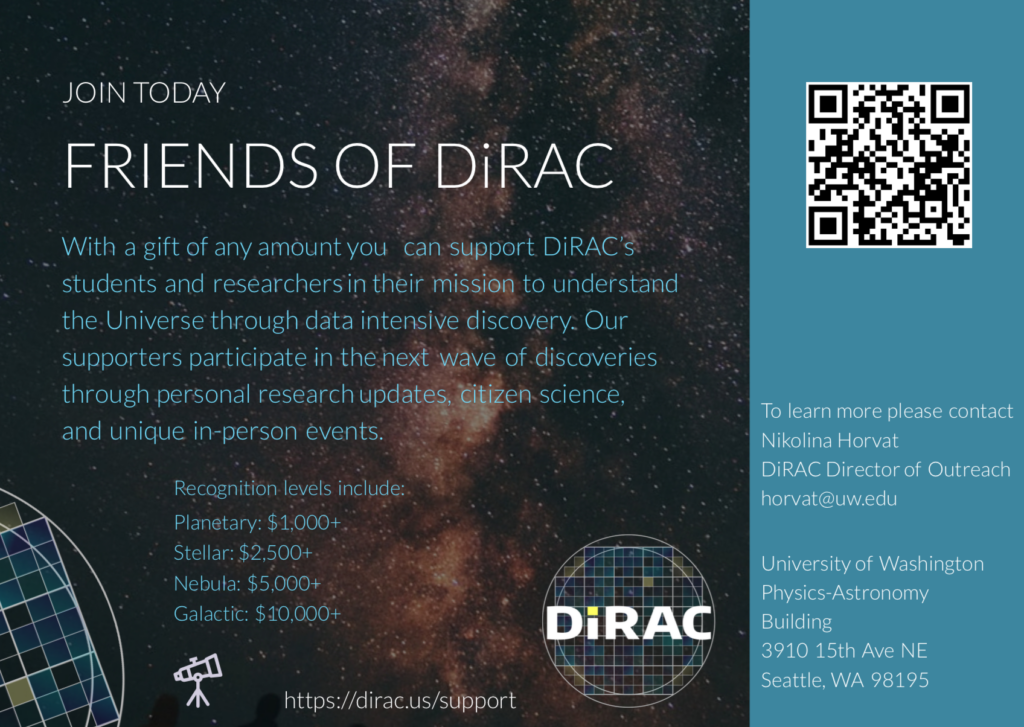
We’re at the brink of a new age of survey-driven discovery in astronomy. Where before we could only study a handful of objects at a time, new detectors, algorithms, and telescopes will soon allow us – and the entire world – to monitor billions.
The flagship of this era will be the Rubin Observatory, set to open in Chile in late 2024. Rubin will continuously gather data for over 20Bn stars, 20Bn galaxies, with billions of asteroid observations. In importance, it is a ground-based peer of the Webb space telescope.
In about a year, DiRAC researchers, students, and citizen scientists will use Rubin to scan the Solar System for hazardous asteroids, discover interstellar comets, and search for new planets in our Solar System. Our codes will map the Milky Way, detect the most energetic explosions in the universe, and help understand Dark Energy. Our students will learn about astronomy by participating in once-in-a-generation wave of discovery.
We’re looking forward to sharing this with the community of enthusiasts, friends, and supporters who make DiRAC possible.
For more upcoming events check out our website’s news and events page.
On April 6th, 2023, join us on Husky Giving Day, an annual philanthropy event at the University of Washington!

Your support will fuel two student-focused programs
created by the UW Astronomy Department and DiRAC!
We’re on the brink of a new age of survey-driven discovery in astronomy. The flagship of this era will be the Rubin Observatory, set to open in Chile in late 2024. DiRAC researchers, students, and citizen scientists will use data from the Rubin Observatory to:
Our students will learn about astronomy by participating in a once-in-a-generation wave of discovery, and you can help make this possible by supporting our summer programs.
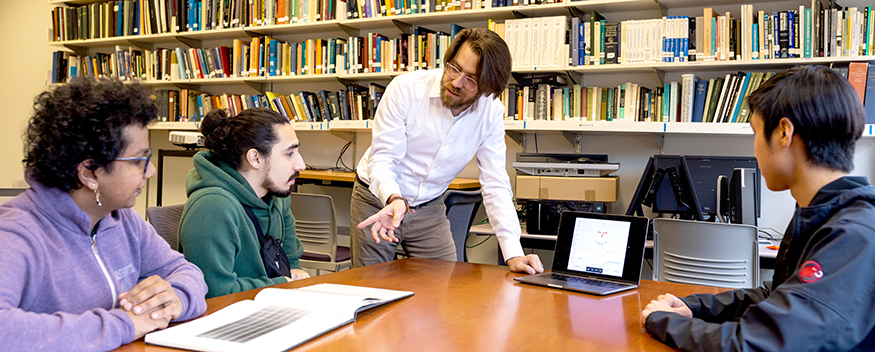
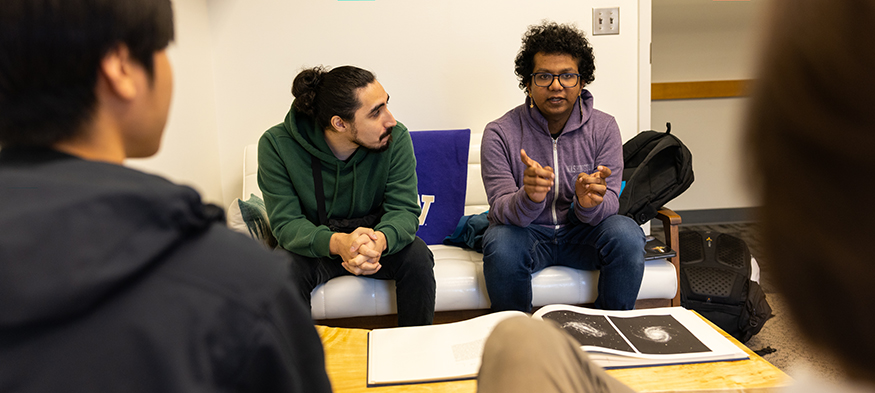
Successfully piloted in 2022, the “Undergraduate Summer Research Prize” for UW undergrads will continue in 2023.
The program will award $3500 to UW undergraduate students working on summer research projects with faculty and staff at UW Astronomy. We are excited to continue this program – Thank you to our ongoing supporters!
Getting engaged with research early in graduate school can fundamentally change a graduate student’s career direction.
This year we are launching a new initiative called the “Jumpstart Research Fellowship”. This program will award $3500 to incoming UW graduate students to enable them to start their research the summer before they arrive at UW – allowing students to focus on research prior to taking classes in the fall.
Such programs have been shown to accelerate and deepen students’ engagement in research, particularly for students from non-traditional pathways.
Our work, from outreach to education to fundamental research, is made possible in no small part by contributions from supporters like you. Thank you for your support; it truly makes a difference!
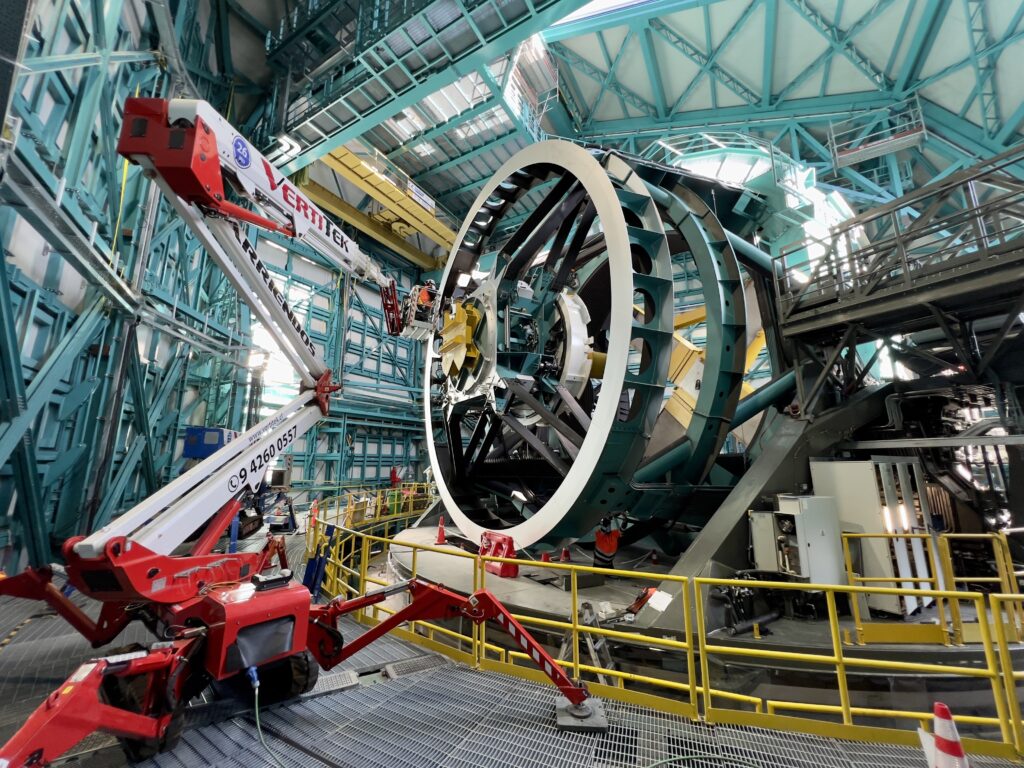
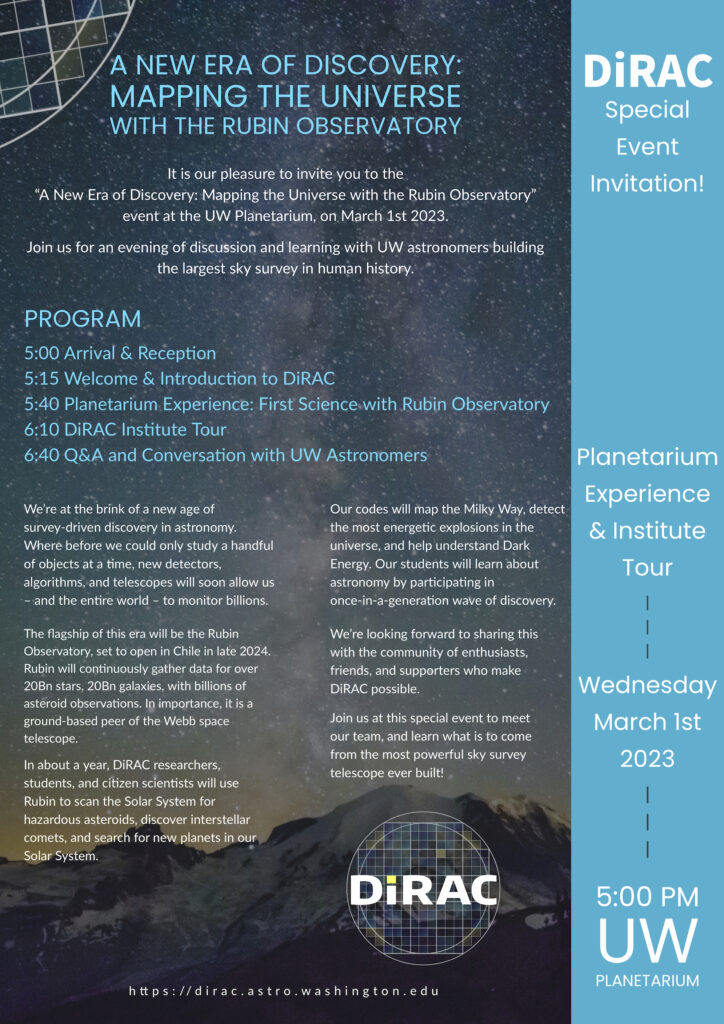

2023 will be filled with opportunities to share with you our research and enthusiasm while the Rubin Observatory construction is marching towards completion.
DiRAC will host various events and lectures throughout the year. We invite you to join UW astronomers in conversations, ask questions and learn about discoveries we anticipate when Rubin begins its observations.
On March 1st, 2023, we are hosting a Planetarium Experience and Institute Tour called “A New Era of Discovery: Mapping the Universe with the Rubin Observatory”. Join us at this special event to meet our team, and learn what is to come from the most powerful sky survey telescope ever built.
On April 6th, 2023, we will again be participating in the Husky Giving Day! In 2022, we piloted DiRAC Research Prize for Undergraduate Research, a paid summer research opportunity for UW undergraduates that will continue in summer 2023. This Prize was made possible by generous funding provided by DiRAC supporters during the DiRAC Husky Giving Day 2022 campaign. This April, we are excited to expand the HGD participation to all of the Astronomy Department, with an eye on adding another program geared towards incoming graduate students. Those two programs will enhance the experience and offer a unique opportunity to our undergraduate and graduate cohorts.
This will be an important year of transition for us: after nearly a decade of building Rubin, we set our sights on delivering some of the first Rubin science from here at UW. We also continue building algorithms and software needed so everyone can utilize this remarkable dataset, democratizing opportunities with astronomical big data + ML. Our wonderful students, postdocs, staff researchers, and engineers make all these advances possible. They are supported from both public and private sources, including tremendous backing by foundations and individuals from Seattle and the Pacific Northwest. As we ramp-up for Rubin, DiRAC research and discoveries will more than ever be enabled by your continued support. Join us and participate in the next wave of astronomical discoveries from UW. Let’s make the Rubin Observatory a defining astronomical instruments of this decade, together.
For more lectures and events please visit our website or sign up for the DiRAC newsletter.
Thank you,
Mario Juric
Director, DiRAC Institute
Professor, Department of Astronomy
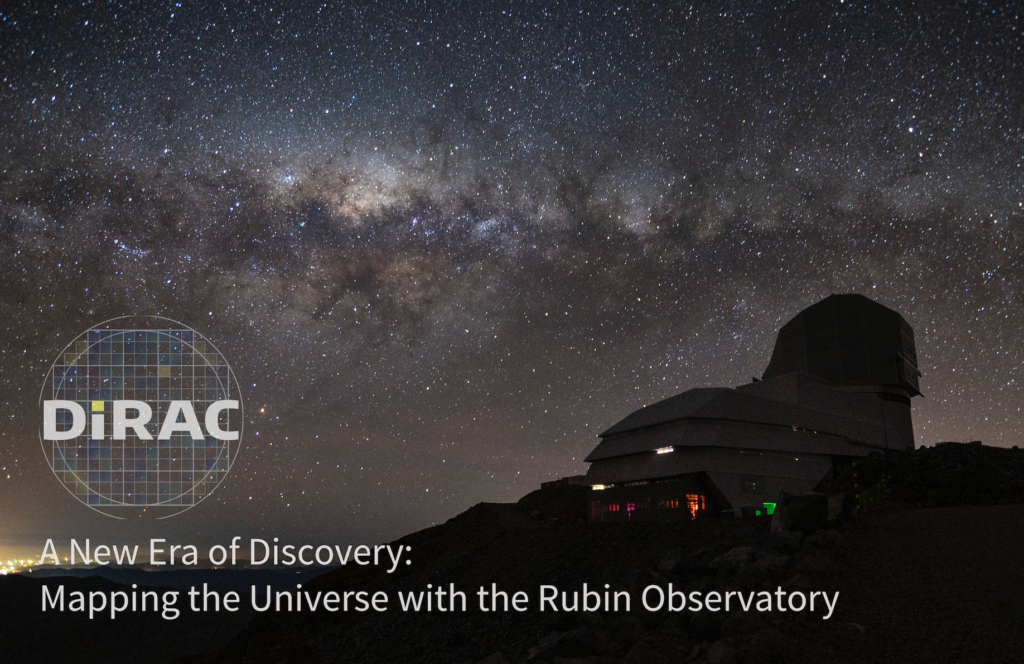
On March 1st, DiRAC will host the first of a series of events “A New Era of Discovery: Mapping the Universe with the Rubin Observatory” at the UW Planetarium. It will be an evening of discussion and learning with UW astronomers building the largest sky survey in human history.
We’re at the brink of a new age of survey-driven discovery in astronomy. Where before we could only study a handful of objects at a time, new detectors, algorithms, and telescopes will soon allow us – and the entire world – to monitor billions.
The flagship of this era will be the Rubin Observatory, set to open in Chile in late 2024. Rubin will continuously gather data for over 20Bn stars, 20Bn galaxies, with billions of asteroid observations. In importance, it is a ground-based peer of the Webb space telescope.
In about a year, DiRAC researchers, students, and citizen scientists will use Rubin to scan the Solar System for hazardous asteroids, discover interstellar comets, and search for new planets in our Solar System. Our codes will map the Milky Way, detect the most energetic explosions in the universe, and help understand Dark Energy. Our students will learn about astronomy by participating in once-in-a-generation wave of discovery.
We’re looking forward to sharing this with the community of enthusiasts, friends, and supporters who make DiRAC possible.
The event on March 1st reached its capacity very quickly and is now full. If you’d like to join us for the next one please email us at dirac@uw.edu and we’ll send you an early announcement.
For more upcoming events check out our website’s news and events page.
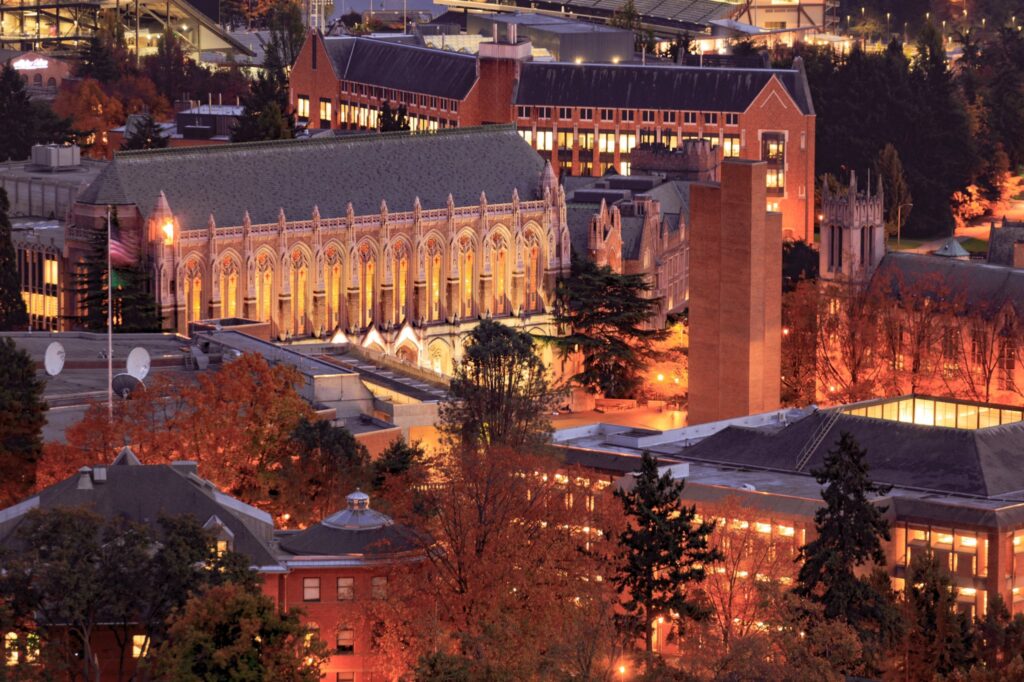
On April 6th, 2023, join us on Husky Giving Day, an annual philanthropy event at the University of Washington – your support will fuel two student focused programs created by the Astronomy Department and DiRAC!
Program for UW Undergrads: Piloted in 2022, “Undergraduate Summer Research Prize” for UW undergrads will continue in 2023 – please support it and allow more students to participate! This program will award $3500 to UW undergrads working on summer projects with researchers in the DiRAC Institute. Read more about the 2022 cohort here!
Program for UW Grads: A new initiative this year is a “Jumpstart Research” – a program to bring in graduate students over the summer to work with faculty to start their research prior to getting involved in classes.
Our work, from outreach, education, and fundamental research, is made possible in no small part by contributions from supporters like you. Thank you for all of your past support; it has truly made a difference.
Welcome to the DiRAC Institute Winter newsletter!

This year brought us closer to the first light of the Vera C. Rubin Observatory in Chile. At UW, our team continues to work on algorithms and software, preparing to make discoveries with this great observatory and its Legacy Survey of Space and Time — the LSST.
After eight years of construction, Rubin is nearing completion. In November, we had a rare opportunity to visit the Department of Energy’s SLAC National Accelerator Laboratory with our supporters and friends. There we’ve seen up close the LSST Camera, the largest optical camera in the world sporting over three billion pixels. Seeing the camera for the first time, nearly complete, was a very special occasion for our team: an opportunity to get energized for this last leg of the journey towards LSST. We share the details of the experience in this newsletter.
Throughout the year, DiRAC researchers published numerous scientific papers and appeared in the media. Highlighted in this edition are the coverage of Sarah Greenstreet’s work in the National Geographic and Jim Davenport’s paper on “Searching the SETI Ellipsoid with Gaia”. And earlier this year our researchers’ work also caught the interest of the New York Times, which featured the discovery of 104 asteroids using the THOR algorithm developed by Joachim Moeyens, a graduate student at DiRAC and B612 Asteroid Institute Fellow.
In June, we piloted DiRAC Research Prize for Undergraduate Research, a new paid summer research opportunity for UW undergraduates that will continue in summer 2023. This Prize was made possible by generous funding provided by DiRAC supporters during the DiRAC Husky Giving Day 2022 campaign. And Astronomy on Tap is back! We invite you to check out for yourself this UW graduate-student driven outreach program, have a great night out, and learn about the Universe.
As we close out 2022, we’re looking forward to an exciting 2023. We’ll be wrapping up a number of ongoing research projects, starting many new ones, and also seeing the first light with Rubin. As we do, we look forward to taking you on this journey with us. Plan on joining us for lectures, planetarium shows, and other events that we will be hosting at the DiRAC Institute.
Finally, our work — from outreach, education, to fundamental research — is made possible in no small part by contributions from supporters like you. Thank you for all of your past support; it has truly made a difference. As you consider your charitable donations this year, I hope you will consider supporting the work at DiRAC — enabling our students and postdocs engage in the next generation of discovery!
Thank you,
Mario Juric
Director, DiRAC Institute
Professor, Department of Astronomy
At DiRAC, we work to understand the universe through data-intensive discovery. We build the world’s most advanced sky surveys, algorithms, and software to explore and understand the Universe. Over the next decade, our researchers and students will scan the sky for hazardous asteroids, discover interstellar comets, and search for new planets in our Solar System. Our codes will map the Milky Way, detect the most energetic explosions in the universe, and help understand Dark Energy.

This work requires special telescopes and instruments to image the sky at a massive scale. The flagship instrument we’re helping build to enable this is the Rubin Observatory. Presently being constructed in Chile, starting in 2024 Rubin will collect and deliver the largest optical dataset ever collected: the Legacy Survey of Space and Time (LSST). The LSST will gather data for over 17Bn stars, some 20Bn galaxies, quintuple the number of known asteroids, and increase the number of known dwarf planets by at least ten-fold. In scientific impact, it will be the ground-based peer of the recently launched Webb space telescope.
It was therefore incredibly exciting to view the nearly-finished LSST Camera earlier this month at the Department of Energy’s SLAC National Accelerator Laboratory, sharing the experience with a group of DiRAC supporters and friends. Sitting at the heart of Rubin Observatory’s Simonyi Survey Telescope, the “LSSTCam” is the instrument that will capture millions of high-resolution wide-field photographs of the night sky that make up the LSST. It consists of 189 CCD sensors with 3.2 gigapixels in total and is capable of detecting light from the near ultraviolet to near infrared (0.3-1 μm) wavelengths. LSSTCam is the largest digital camera ever constructed: to display a single image taken by this camera at full resolution would require nearly 400 4k TVs. And at about 5.5 x 9.8 ft and weighing nearly 6200 lbs it’s closer in size and appearance to a jet engine than your typical DSLR!
With LSSTCam, the Rubin Observatory will collect over 2000 images of the sky each night, for 10 years, creating a dataset hundreds of petabytes in size. DiRAC’s LSST team has been writing software that will analyze those data in near real-time: within sixty seconds, it will alert the world to new asteroids being detected, galactic nuclei changing their brightness, or stars exploding or blinking out of existence. This stream of discoveries will write new chapters in our understanding of the Universe.
For us on the team, seeing the LSST camera in-person and so close to completion was an emotional experience. A tangible sign of just how close we are to the end of the two-decade long journey to build a machine to capture the ultimate survey of the sky.
Rubin observatory roots run deep in Seattle. The University of Washington co-founded the project in 2003 (with U. Arizona, NOAO, and the Research Corporation) and since then, the it has grown to become the #1 national priority for ground based astronomy, a Bn$1-scale public-private partnership, and a large collaboration of a number of institutions. DiRAC leads the development of time domain image processing software, Solar System discovery codes, and observing cadence tools. And UW’s Prof. Zeljko Ivezic serves as the Director of the Rubin Construction Project. Notably, the project wouldn’t have happened without early Seattle-area supporters: funding by Dr. Charles Simonyi and Bill Gates built the observatory’s large 8.4-meter primary mirror and enabled initial research and development work.
We’d like to thank the entire team at SLAC, especially our LSST colleagues there – Profs. Aaron Roodman, Risa Wechler, and Dr. Vincent Riot – for this unique visit and their leadership in building this one-of-a-kind instrument. It’s taken over 20 years to go from the idea of Rubin/LSST to the present day. With the camera ready to ship to Chile next year, we’re one step closer to the beginning of a new era of astronomical discovery!